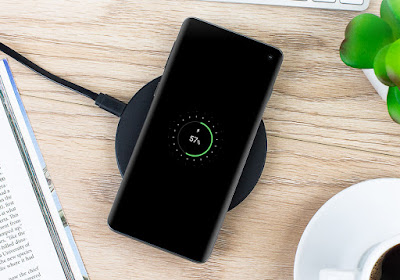Wireless Charging solutions allow users to charge their compatible devices without the need to connect a cable to them
 |
Wireless Charging |
Fortunately, advances in wireless charging technology have resulted in newer wireless charging solutions. These new technologies use ultra-thin coils to transmit current at higher frequencies and with optimized drive electronics. This results in a more efficient wireless charger and smaller receivers. The best part is that these devices don't need to be modified. Furthermore, these technologies are compatible with both existing and future wireless charging standards. For instance, in January 2022, Energous Corporation, a wireless charging technology provider in the U.S., partnered with Syntiant to develop AI-based processors for industrial applications.
Wireless charging works on magnetic resonance, or resonant induction. The transmitter sends a current through an oscillating magnetic field to the receiver. The loops can also have capacitance, enabling longer distances. Using a resonant inductive charging system, the transmitter sends a pulse to the receiver to convert it to electricity. The power is transferred through electromagnetic induction through the coil's resistance. Through other methods, it is not possible to create this kind of current, but the latest technologies in wireless charging technology are already making waves in the technology.
A wireless charging station continuously monitors the charging process, and it stops when the battery is fully charged. However, the process is still complicated and must be carefully monitored. Unlike previous technologies, wireless charging is more convenient than ever. The power transmitted to the device is delivered through a transmitter. The receiver, on the other hand, receives the signal and starts the charging process. The charging process requires that the base station send multiple signals to validate that the mobile device is compatible. The mobile device can then communicate with the base station by sending signals to the other side. This communication takes place between the two devices.


%20Treatment%20Market.jpg)
Comments
Post a Comment